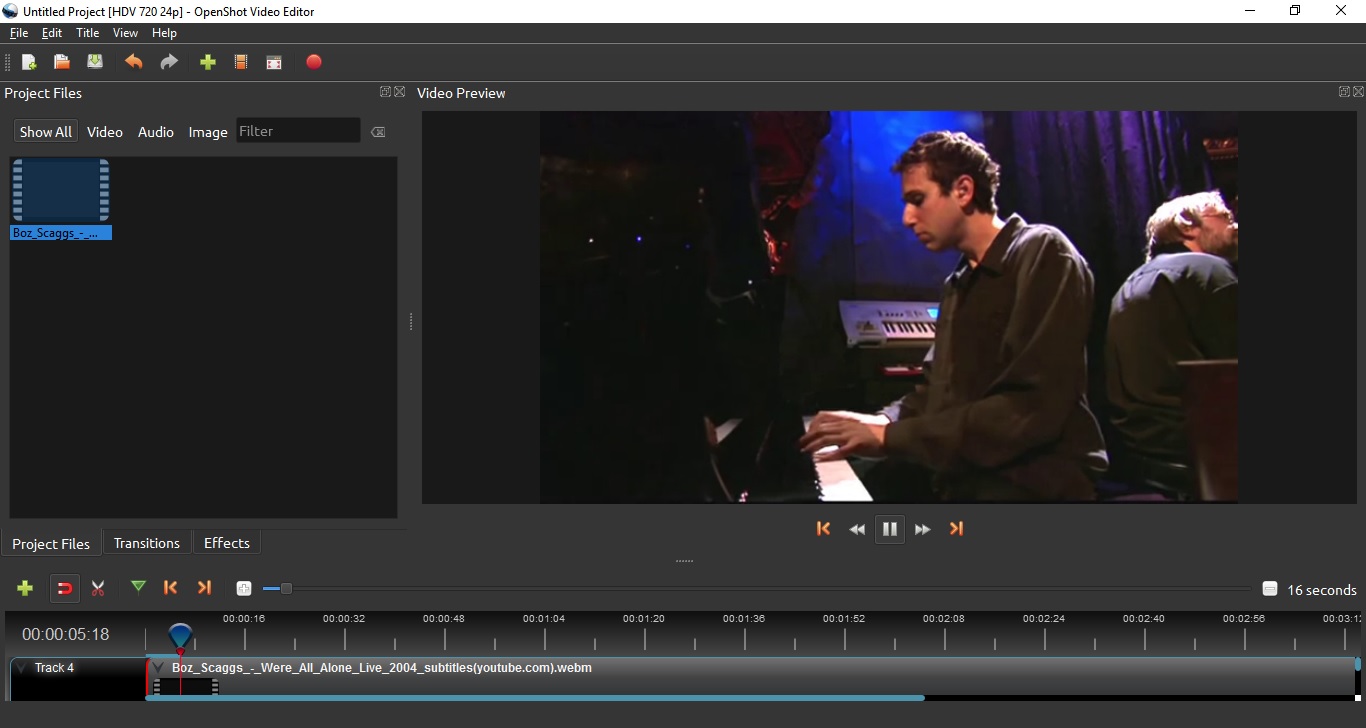
We were disappointed with the low number of effects that were present in the previous version. It seems the cursor is the only way to do this, although there is a handy keyboard shortcut to jump from one created keyframe to another. Usually, the keyboard’s arrow keys let you do this, but not in OpenShot. We had difficulty in finding a way to move along the timeline frame by frame. You’ll also find that the clips’ transformation tools are much easier to use than they were before, thereby improving the software’s animation abilities, although these can still be confusing at time. This removes any potential guesswork, is a great timesaver, and in our experimentation, it worked flawlessly. There are many uses for this feature, including resizing a clip so it matches the duration of another above, or below it. As you drag one towards another, you’ll see it ‘snap’ as it gets close enough, kinda like a magnet snapping to another.

It’s a feature that’s on by default, and helps you position clips next to each other, without them overlapping one another. Every keyframed parameter turns green, and you can easily jump between keyframes with a simple keyboard shortcut (Image credit: OpenShot)


 0 kommentar(er)
0 kommentar(er)
